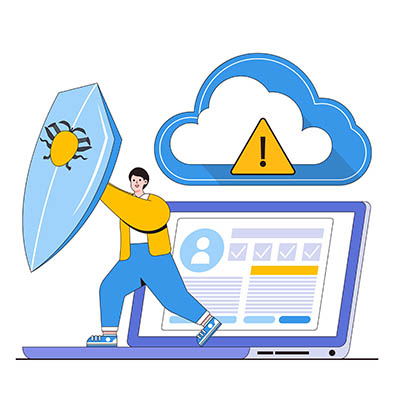Tell me if this has ever happened to you: you invest in a high-priced technology solution, only to find that the solution isn’t what your business needs. The technology is effectively a “lemon,” where it costs your business a lot of money without any real return on the investment. This sometimes happens when you use technology to fix a short-term problem without a clear long-term strategy; you lose money and productivity due to incompatibility issues, and without a strategic roadmap to move forward, you’re left wondering where you’ve gone wrong.
Word processors are a part of office life, so it helps to know as much as you can about them. Today, we want to think about ways you can adjust text size, especially after you copy and paste content into a document. Not only will we cover how to do so as plain text, but also how to use keyboard shortcuts to increase or decrease text size and add special formatting without navigating clunky menus.
Remember Tay? Microsoft’s 2016 AI chatbot that the internet turned into a wildly offensive, racist mess in just 16 hours? It was a spectacular, public failure that proved one thing: Garbage In, Garbage Out. Today, the garbage isn’t just on Twitter. It’s the highly sensitive, proprietary data your own employees are accidentally leaking into the public domain.
Have you ever thought about why your home Wi-Fi is fantastic in one spot but completely vanishes in another? You might have paid for the fastest internet package and own a brand-new router, yet you still deal with frustrating dead zones and slow connections. It turns out that one of the most crucial elements affecting your speed isn’t your internet company or the router itself; it’s simply where you decide to place the device.
You’ve locked down your network with cybersecurity—but what about the risks right outside your door? Physical security breaches are a serious threat to your employees, data, and critical equipment. For any small business owner, addressing this issue isn’t just good practice—it’s a necessity for true peace of mind.
Is your business still tied up with its rapidly aging server hardware? This can stifle your company’s growth, whether you realize it or not. The good news is that the cloud offers ways for your business to transcend the limitations of traditional IT, and with a cloud-first IT model, you can work toward making the cloud your default and preferred choice for all your new IT initiatives. Today, we’ll look at why the cloud-first model is the preferred choice for modern business owners, as well as how it can lead to more scalability, cost predictability, and remote work potential for your company’s employees.
It’s the holiday season, so many people will be spending a lot of time online, likely seeking out the perfect gift for everyone on their list. Considering you’re reading this blog, you could be one of them. Do you have the perfect gifts in mind for everyone in your circle, but just can’t seem to find what you’re looking for? Let’s go over some tricks that Google has baked into its search functionality, and how they could prove handy during your holiday shopping… and your workday, too!
Let’s imagine that your business has a hidden back door—one that your building manager doesn’t even know exists—and that door leads straight into the heart of your office. By the time someone finds out that door exists, someone could have snuck in to wreak all kinds of havoc, unbeknownst to you. This is what is known as a zero-day threat; it’s a security vulnerability that is being actively exploited in the wild, one that was previously unknown to the vendor and unpatched against, and it’s a serious problem for any SMB.
We’ve all said it. It’s the unofficial motto of pragmatism, the quiet commitment to frugality that businesses cling to: If it ain’t broke, don’t fix it. It feels responsible. It feels safe. Here is the hard truth from an IT professional: When it comes to your business technology, this motto is a recipe for disaster. It is the single most dangerous, most expensive, and highest-risk strategy you can have.
Imagine that your screen flashes a devastating message: your critical data is encrypted, and you face a massive ransom demand. Your operation grinds to a halt. This isn’t just an enterprise problem; it’s the harsh reality for businesses of all sizes. Cyber threats don’t discriminate. Your small or mid-sized business is a prime target.










